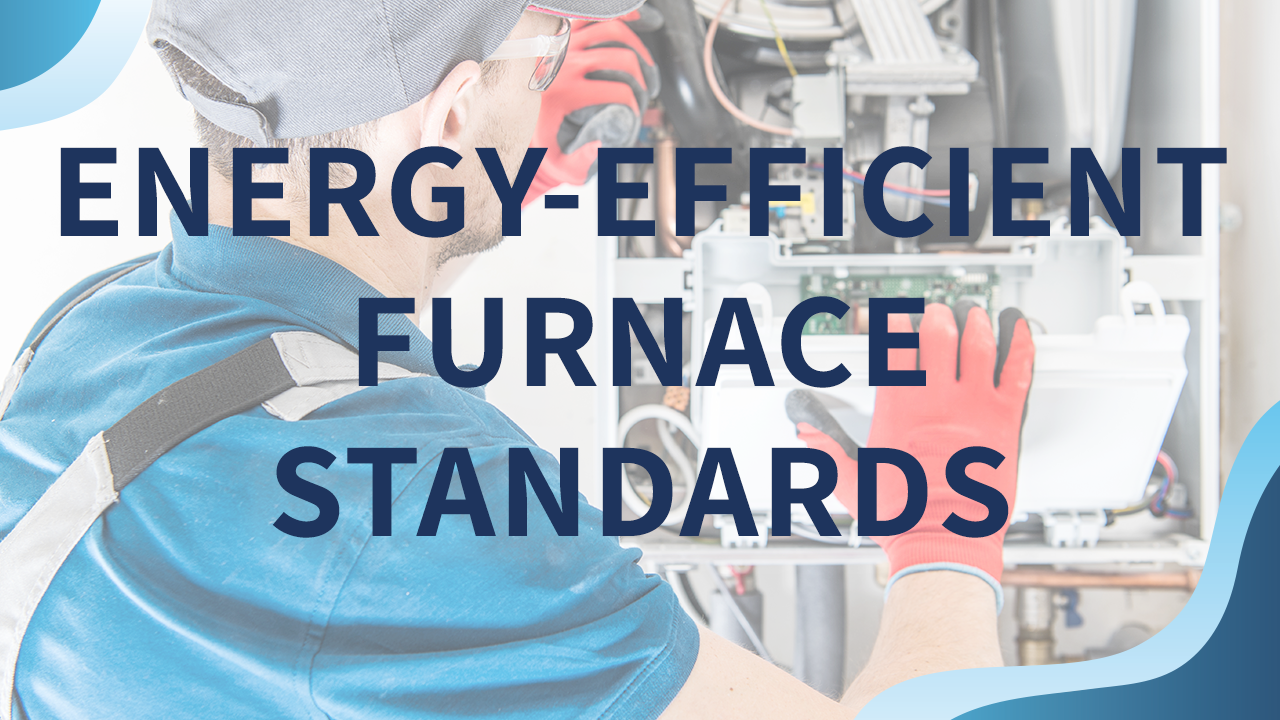As a record-breaking heat wave blast across the nation, people sought shelter from the hot temperatures by basking in the indoor comfort provided by their HVAC equipment. But thanks to lingering supply chain issues, consumers might be left weathering uncomfortable conditions if their air conditioning units need to be fixed.
The HVAC supply chain shortages left plenty of heating and cooling customers in a pickle in 2021, with many suffering in the heat for weeks waiting for HVAC repairs. Unfortunately, some of those problems are still affecting HVAC companies and their customers in 2022, while the supply chain issues are also causing steep price increases for those needing new equipment or parts for HVAC repairs.
HVAC Supply/Demand Issues
What caused the ongoing HVAC supply chain issues? It all started with the global COVID-19 pandemic, and it resulted in dwindling supplies and soaring demands. Manufacturing plants around the world temporarily closed or slowed operations in 2020, just as the pandemic sent consumers home to use more HVAC services. Even in 2022, HVAC equipment manufacturers continue to deal with labor shortages as workers get sick or take time to care for ailing family members. As a result, factories are producing less product than in years past.
Shipping and air freight bottlenecks have added even more stress to the supply chain issues, which has delayed shipping times for key equipment. This problem has only been amplified by diesel fuel shortages. It’s become a challenge for HVAC professionals to know what equipment will be available from one day to the next.
While all these issues continue to cause HVAC supply shortages and delays, demand for HVAC equipment and parts continues to soar, propelled in part by the blazing, scorching summer. Consumers continue to invest in new HVAC equipment and indoor air quality accessories so they can feel more comfortable and safer in their indoor environments. Likewise, commercial building owners have invested in upgrades to their filtration and ventilation systems to make workers and customers more comfortable in their facilities.
The combination of low supply and increased demand led to steep price increases across the HVAC industry, and worldwide inflation has only added to the problem. Sadly, it’s been reported that some HVAC equipment costs have risen more than 80% compared to the previous calendar year.
Raw Materials Shortages
The shortage of HVAC equipment lies much deeper than manufacturing delays. A shortage of raw materials has led to price increases for basic supplies, causing manufacturers to further raise prices to offset the higher costs of raw materials. Copper materials, for example, are in short supply. Even though global copper mine production has risen slightly in the past two years, copper demand continues to outpace production, since the mineral is a key component in the shift to renewable energy.
Raw materials including steel, aluminum, and plastic also face shortages. All these raw materials are necessary to manufacture parts and HVAC equipment. Likewise, the high demand for and scarcity of semiconductor chips used for everything from cars to smartphones is having a negative impact on the HVAC industry, as various markets compete for a limited supply of raw materials.
Even the Russian invasion of Ukraine is interrupting the HVAC supply chain and the availability of raw materials. According to a report by Dun & Bradstreet, “if the conflict continues, the availability of raw materials such as natural gas, crude oil, metals, and agri-commodities would be jeopardized, and transportation costs would increase,” leading to worldwide supply chain bottlenecks and increased pricing pressures.
Future HVAC Supply Predictions
When will the HVAC supply chain shortages end? Unfortunately, there’s no simple answer to that pivotal question. After all, the HVAC supply shortage is the cumulative result of a variety of environmental factors – each with its own unpredictability. One thing is certain, the shortages will continue throughout the near future and likely continue for at least several more months.
In the meantime, the HVAC industry will assuredly continue to adapt, and HVAC professionals can respond to the supply chain issues with a few simple strategies, including:
- HVAC companies can work with multiple suppliers, gaining access to more resources and more varied pricing options. Many HVAC professionals will respond to supply shortages by working with HVAC brands they don’t typically use in order to have backup options available.
- Technicians and HVAC companies can pre-order materials and equipment to help ensure its availability. While HVAC businesses often only order equipment when they prepare for a specific job, supply shortages can almost guarantee this now results in a delay of service. By stocking up on supplies and equipment, professionals are prepared when a job comes their way, and they won’t have to miss out on a project because of a lack of equipment.
- By communicating with the suppliers, HVAC companies can gain a better understanding of supply chain issues and any possible delays or upcoming price increases. This valuable information can help HVAC companies avoid the chance they’ll be without inventory.












